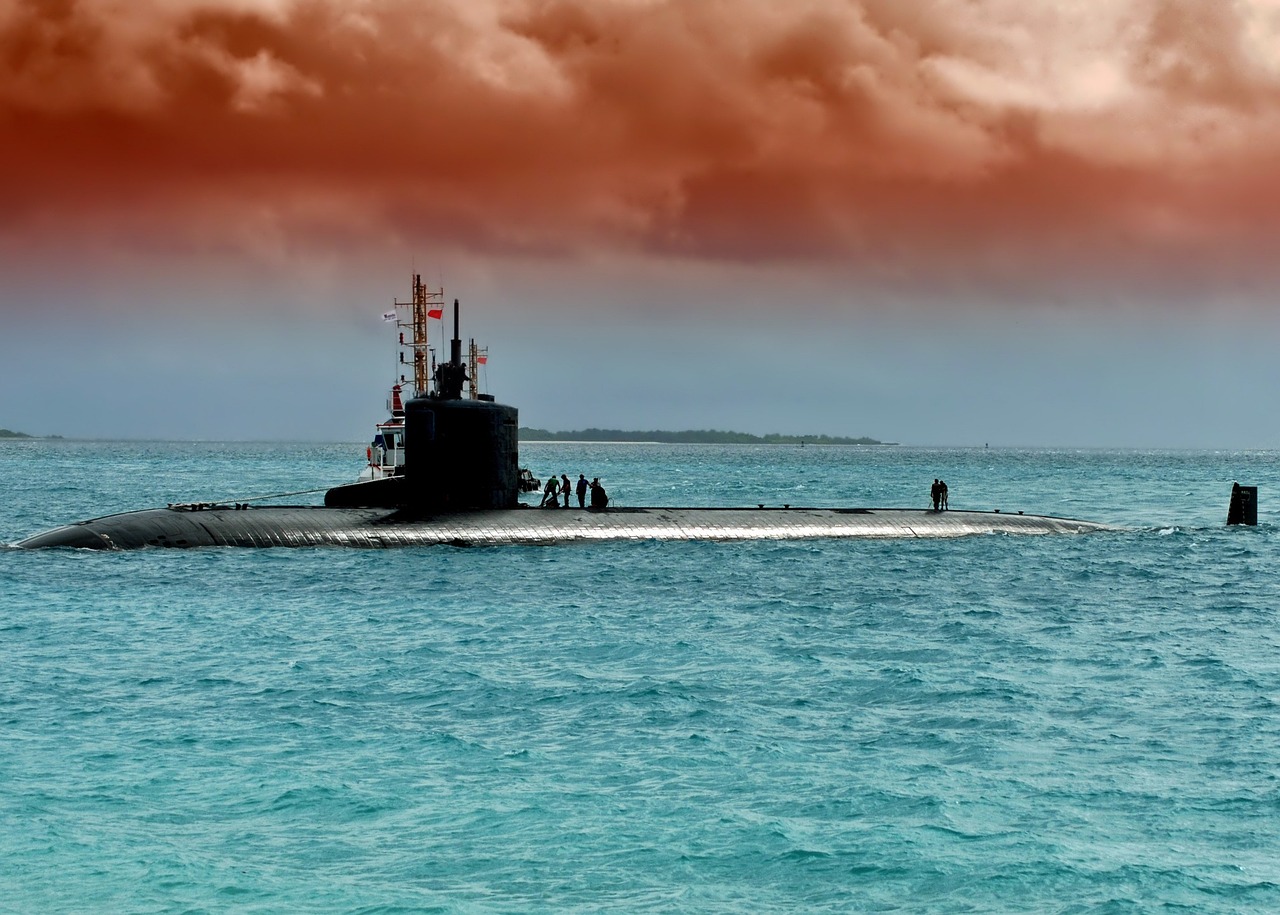NATO report on Protecting Critical Maritime Infrastructure

date: 04/11/2023
See also: Website
Critical infrastructure in the maritime domain facilitates the continuous delivery of basic services such as energy and communication, particularly the internet. The importance of these networks has dramatically increased in recent years, yet the responsibilities for protecting and regulating them have become less clear.
The need for action is in large part driven by technology. Seabed activities are transforming rapidly due to the proliferation of undersea technology such as remotely operated devices capable of conducting sophisticated operations deep under water. These advancements provide new possibilities for defence, but also enable adversaries to capitalise on existing vulnerabilities. ‘Seabed warfare’ is no longer a distant concept: it represents an immediate and legitimate threat to Allies.
Further complicating the issue, the majority of maritime infrastructure is controlled or operated by private entities, rendering protection, threat detection, and regulation of these vital networks even more complex.
For too long, this essential equipment has been increasingly utilised yet insufficiently surveyed, protected, and regulated. Although some Allied governments are working to patch vulnerabilities, particularly following the Nord Stream sabotage, additional effort, investment, and coordination are urgently needed. The paper deals with critical maritime infrastructure in general. However, the focus of the report is primarily on the challenges to the Allied underwater critical infrastructure.
